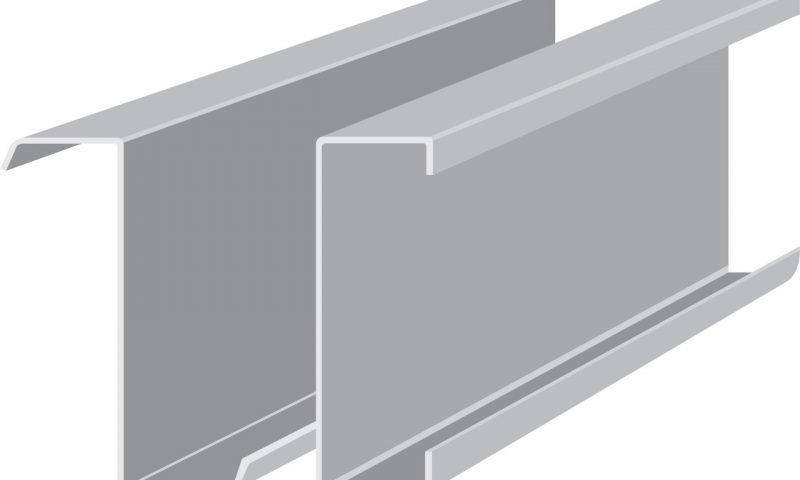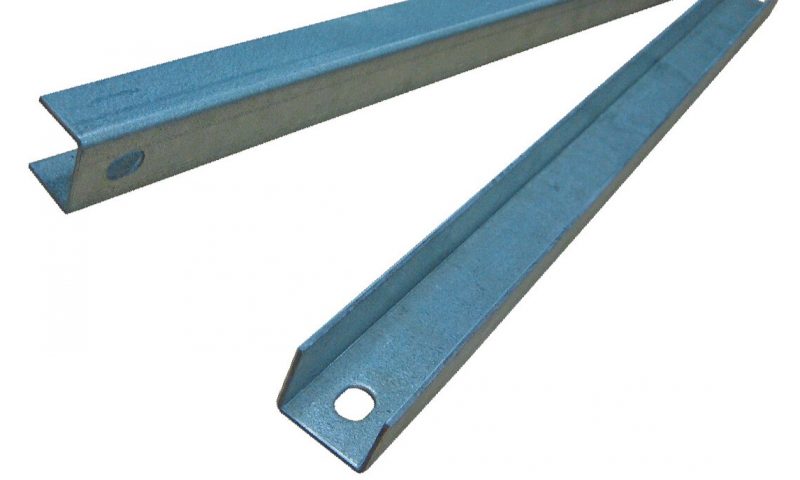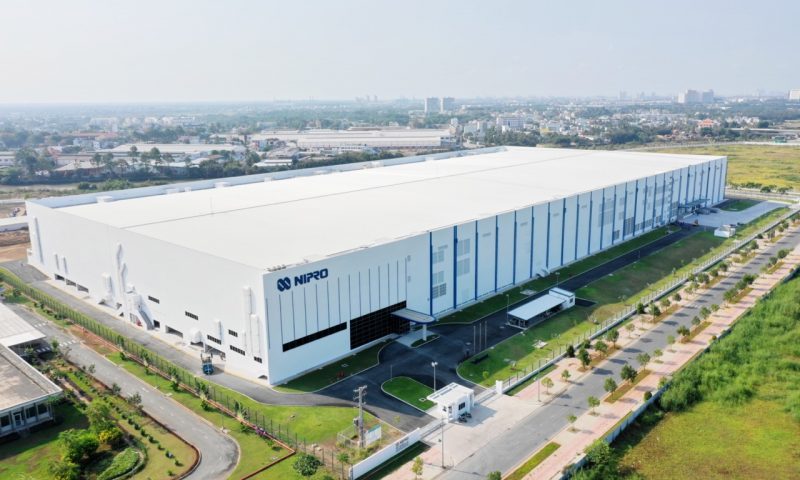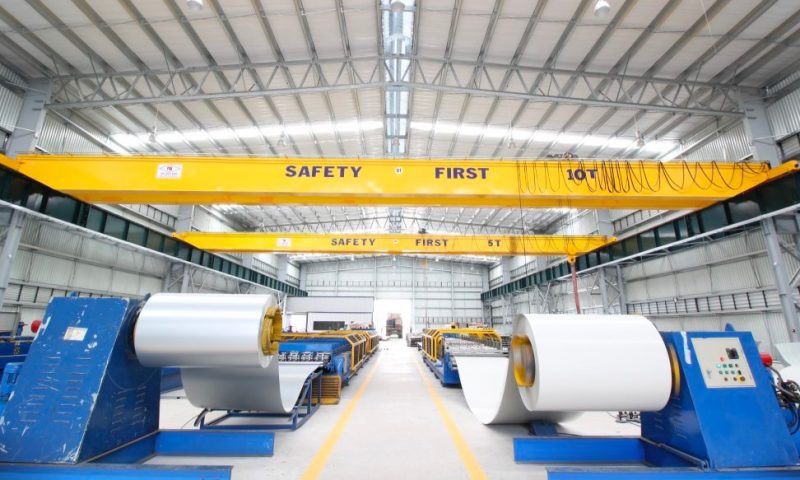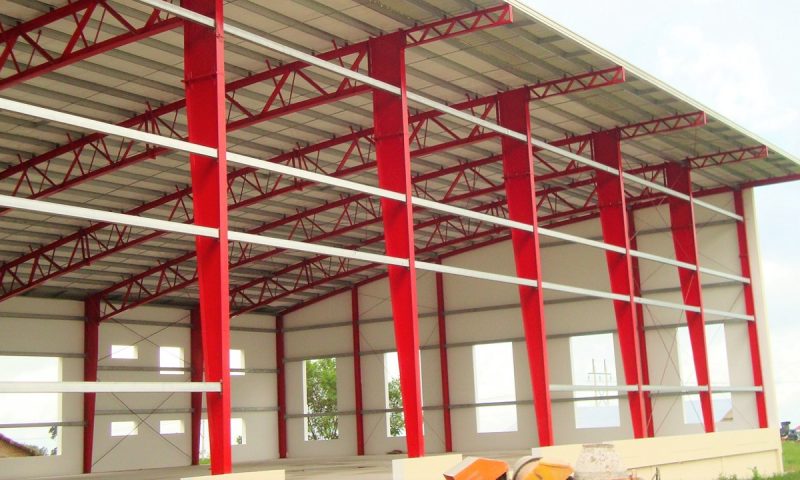The standard for evaluating the aesthetics factories includes many factors. In particular, the factors must ensure the design, techniques, functions and aesthetic factors for the construction. Join Pebsteel to learn more about the evaluation standards and aesthetics factory designs nowadays.
Read more: Steel Structure Introduction
Aesthetics & quality standards of factory design
The factory’s aesthetics and quality is rated when it meets the standard requirements related to design, engineering, functionality and aesthetics.
Load bearing capacity
In order to ensure that the factory constructions are load-bearing, the frame system and foundation must be solid. The features of the factory are for heavy operation with heavy machinery quantity and high vibration. If the load capacity is poor, it will not guarantee the operation of the factory.
When designing the factory, the frame system and foundation must be focused on. The frame system is responsible for supporting and transmitting the gravity across the entire foundation. The solid foundation helps to increase load capacity, avoid subsidence, cracking during the operation of the factory.
Airy design
With a significant amount of human resources and machinery, industrial factories require an airy space to ensure work performance as well as human health. Therefore, the design solution for the steel frame factory can’t fail to mention important components such as windows, louvers, roof top ventilation system, and insulation materials.
Massive space
The factory must optimize the space that large enough to meet the needs of use. The fact that in the operation of the factory, the relocation of massive machinery installations is frequently occurring. If the space is restricted, this activity will be affected quite a lot. In addition, the factory space also needs to be large enough for people to move and operate conveniently.
Meeting the needs of use
From design ideas to finishing construction, the factory must meet the needs and purposes of use. This is to ensure that the process of operating the factory does not face unintended restrictions.
Fire and corrosion resistance
The factory must meet fire resistance standards as well as corrosion resistance from the features of the construction. The process of operating the factory contains many risks of fire and explosion. Fire resistance materials will contribute to preventing this danger. When fabricating components, the manufacturer will apply coating techniques, surface treatment to increase fire resistance and corrosion resistance.
Scalability
Dissimilar to the fixed concrete constructions, aesthetic factories that made from prefabricated steel are the scalable factories. When you need to expand more operating space, the assembly of additional column frame systems will be easy to handle. However, if you want the project to be guaranteed, the implementation of expansion will need the advice of a reputable organization.
Aesthetic requirements
The aesthetic factor is also one of the criteria for evaluating the quality of aesthetic construction. These factors show the maturity of the construction. The design must also ensure friendliness to people and the environment.
Pebsteel standard prefabricated factory design process
At Pebsteel, industrial factory design will always follow a strict process. Here is the process that is applied to every Pebsteel standard prefabricated factory design project.
Step 1: Brainstorming and proposing solutions according to the features of the project.
Step 2: Signing the contract.
Step 3: Implementing the technical drawing.
Step 4: Implementing the component processing.
Step 5: Constructing at the construction site.
Step 6: Handover acceptance
Step 7: Implementing the warranty policy.
Aesthetics factory designs
Pebsteel introduces you to aesthetic factory designs according to the evaluation criteria above.
Aesthetic factory design, Pebsteel steel frame factory
All of these projects are carried out by Pebsteel, which has now been handed over and put into operation. Projects focused on construction: factories, warehouses, workshops,

